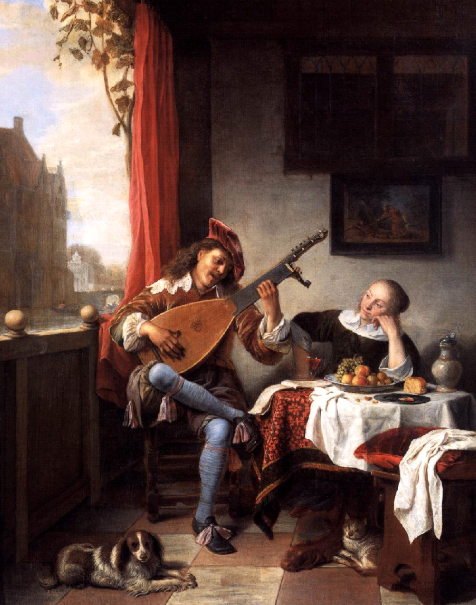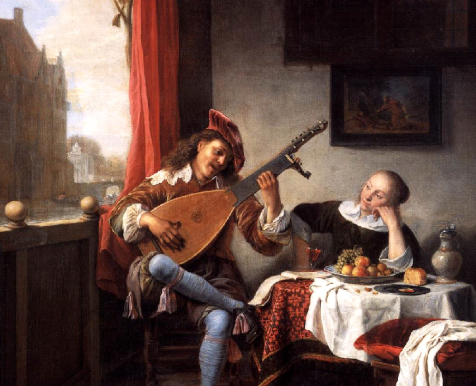Uncategorized
French Lutenists’ Influence in Harpsichord Music

During the Renaissance and at the beginning of the Baroque age, the harpsichord literature hardly differed from that of the organ, the style of writing came, like all the instrumental music of that period (especially in Renaissance age), from vocal music, in reality, it was started as mere transcription of it.
His writing in four voices was respected by Sweelinck in Holland or Cabezón in Spain. We know that Sweelinck never travelled outside Holland but almost all English composers went to learn from his mastery. In England, the style of keyboard music was most daring for its time. They did not write to four voices, they had invented the writing of keyboard music in which a greater or lesser number of voices could appear or disappear without being obligatory for a silence to fill the rest of the compass.
According to Thomas Morley, the most important works of keyboard music were the fantasies followed by the pavanes and galliards. But the composers of the Elizabethan period also composed works in the style of dance (almaines, corantos, grounds), religious works (In nomine, clarifica me Pater) or descriptive pieces (The king’s hunt, The woods so wilde).
We see how instrumental music gradually separated from the vowel, in the case of Baroque Keyboard Composition and key instruments absorbing idiomatic elements of the viola de gamba family. But neither the English Elizabethan school nor the first Italian Baroque Keyboardist like Frescobaldi or Michelangelo Rossi, managed or wanted to develop a repertoire really committed to the instrument. In fact, their works could be played in the harpsichord or in the organ interchangeably.
The authentic creators of the genuine harpsichord language were the great French masters of the early seventeenth century, Chambonnieres, his disciple Louis Couperin and Froberger at the head of all of them (the latter German but very influenced by the French style). These great harpsichordists emancipated their instrument definitely from the organ inspired by the works of the lutenists of his time, the Gaultier family, Charles Mouton or Robert de Visee to cite the most representative examples.
The music these french classical composers write was characterized, roughly, by its original contrapuntal style based on free voices, a little in the English way, but here the tool that prevailed was the exploitation of the lutenist resource par excellence, the arpeggio. In addition, the French lutenists published, apart from their works, tables of ornaments that were conceived as inherent in work, and, normally, included an “unmeasured” prelude written in semibreves and without a bar of compasses to present the “tonality” of each suite. A style of prelude very characteristic of French taste and that, it is supposed, was a way of expressing in writing improvisations that the same interpreters made “in situ”.
We can see how all the harpsichord literature originated from a peculiar symbiosis between the organ and the luth, at a time when the old European polyphony and its standardised resources began to decline to give way to a strong contract between the different national schools. The French style had great relevance in the later decades, and its resonance would be heard throughout Europe, along with its quintessential antagonist, the Italian. Both, in open opposition, or merged as it happened in Germany, would form the foundations of the entire aesthetic spectrum in European baroque music, but that is another story …
#pianoteacherslondon #pianolessonsLondon #adultpianolessons #harpsichord #musiclessonslondon #bassocontinuo


Pingback: Rameau and the Western musical decline